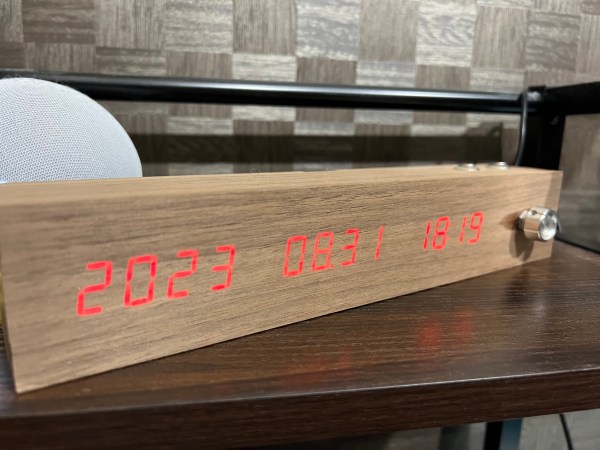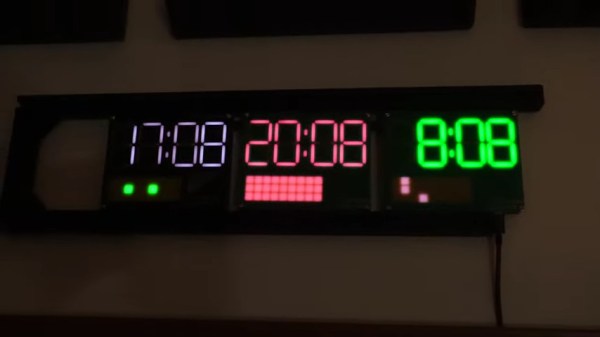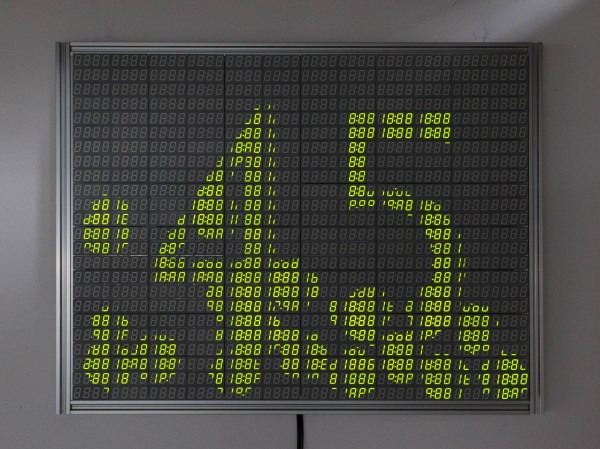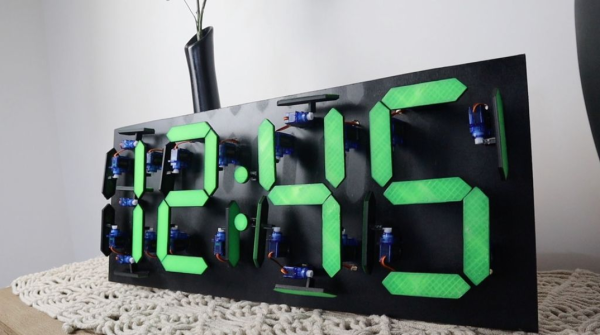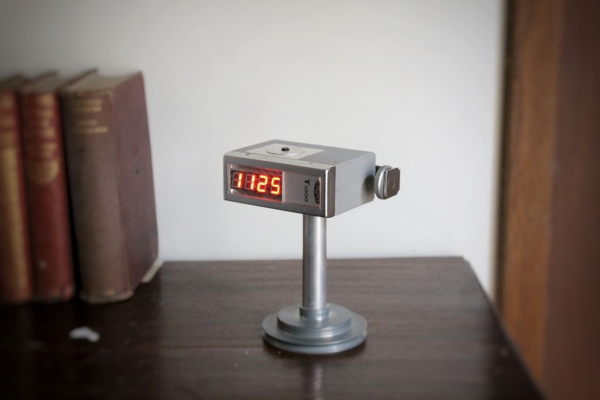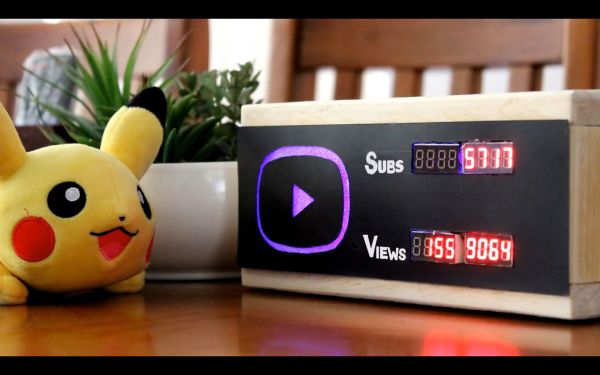Modern life can be stressful. Many of us struggle to balance work, family, exercise, and an ever-growing list of hacking projects, all of which claim our attention during the day. If you sometimes feel that those 24 hours just don’t cut it, you might be in luck: [HIGEDARUMA] has built a clock that can stretch your day by up to five hours.
Sadly, [HIGEDARUMA] hasn’t invented time travel (yet). What his clock does instead is slow down its own pace in the evening to push back the midnight hour. When it finally does reach 12:00 a.m., the clock’s pace is accelerated to ensure it’s back in sync with the rest of the world by six in the morning. It might seem silly, but there is a certain logic to it: [HIGEDARUMA] explains that evenings felt much longer when he was a child and that he would like to try and experience that again. Our sense of time may change over our lifetime, even if the actual passage of time doesn’t.
Timescales aside, the 29-hour clock is a neat piece of work from a hardware point of view. The case is made from 4 mm laser-cut MDF with wood-grain foil on the outside. Inside, there’s an ESP32 to run the show, along with an RTC module and three four-digit seven-segment LED displays. A chunky “volume” knob on the front lets you choose how much you’d like your day to be stretched.
We’ve seen clocks with non-linear dials before, as well as extremely linear ones, but this might be the first one with a non-constant pace. It makes us wonder what the passage of time feels like for those frozen in ice for 46,000 years.
Continue reading “Hackaday Prize 2023: Stretch Your Day With This 29-Hour Clock”

